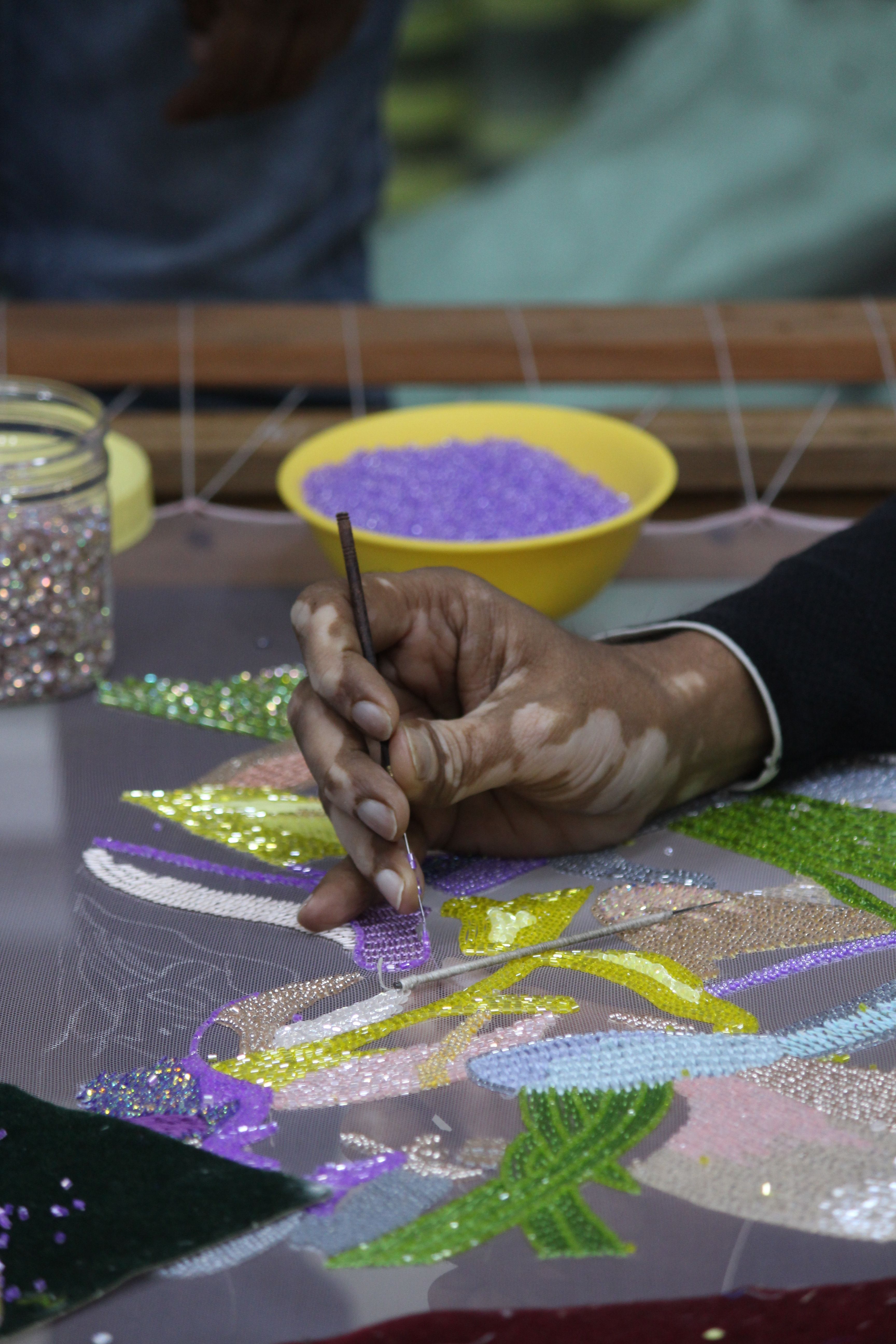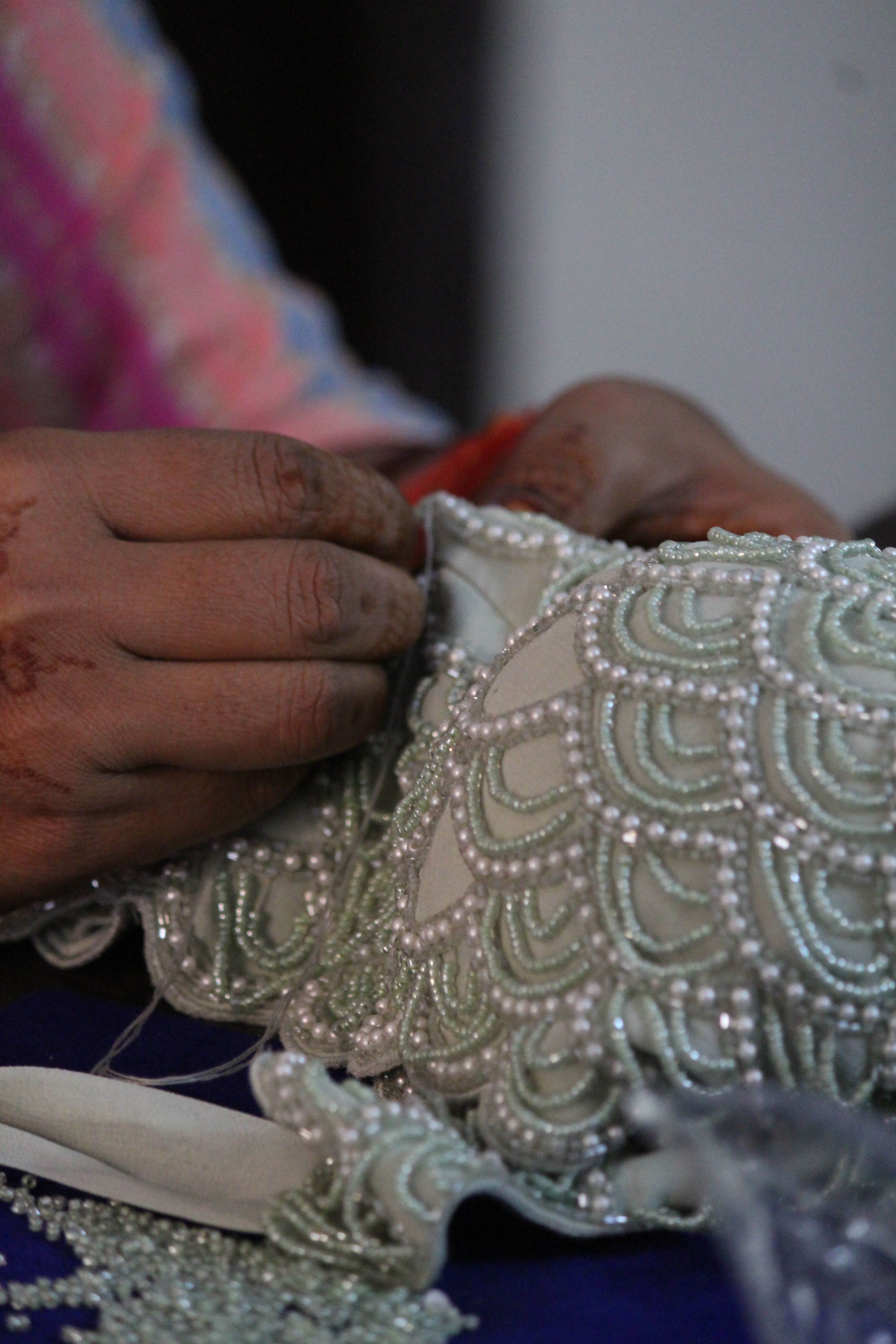Crafted with Care
How Artisans are shaping the Slow Fashion Industry with celebration of meticulous artistry and timeless techniques. By embracing traditional methods, slow fashion honours the heritage of craft and the hands that create each garment. This approach fosters a deeper connection between maker and wearer, promoting sustainable and meaningful fashion choices.
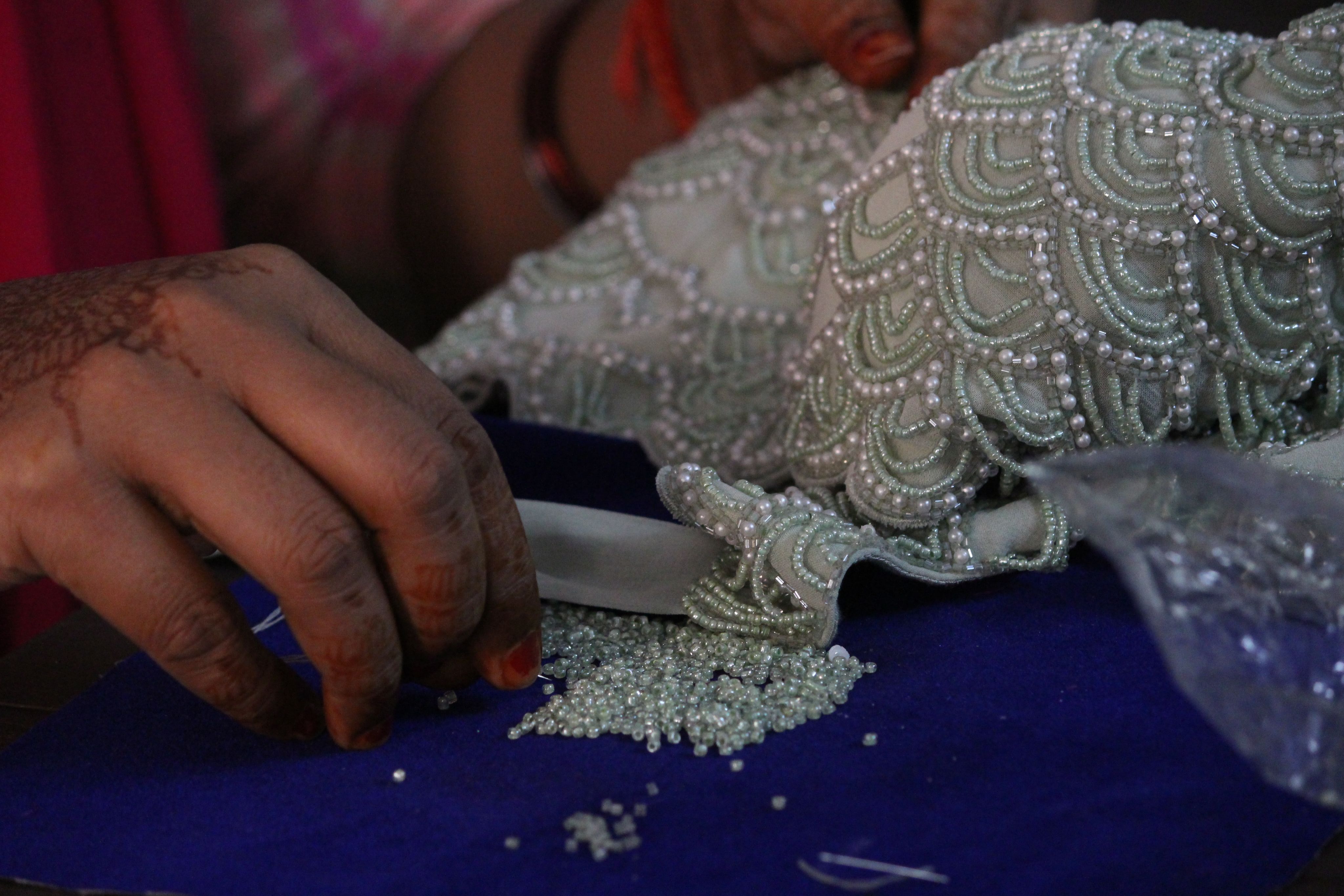
In the hands of Masters
From the looms of Kashmir to Kutch’s embrace, a symphony of threads, an artistic Grace.
India is a land, rich in cultural heritage. The artistic work of highly talented craftspeople have flourished for generations in India. From intricate hand work on fabrics to unique wood carving, Indian handicrafts , define the essence of tradition and craftsmanship. Indian handicrafts are not merely objects of beauty, they are the legacy of the country. Each craft carries a story, reflecting the country’s history, traditions, and values. Preserving and promoting these crafts is essential to maintain cultural diversity and safeguard India’s rich artistic legacy.
Indian hand embroideries include a wide variety of embroideries varying in different regions from Kashida in Kashmir to Syrian in Kerala. Each embroidery has different technique and material used. Each piece curated with perfection, has dedication and hard work of artisans who have practiced for years to master what they do.
“When we first started to learn this craft, our teacher gave us the task of rotating the needle for at least 2-3 months , to make us get used to it.” Says Rajesh Kumar, 42, Senior artisan at Anand Export House, Delhi.
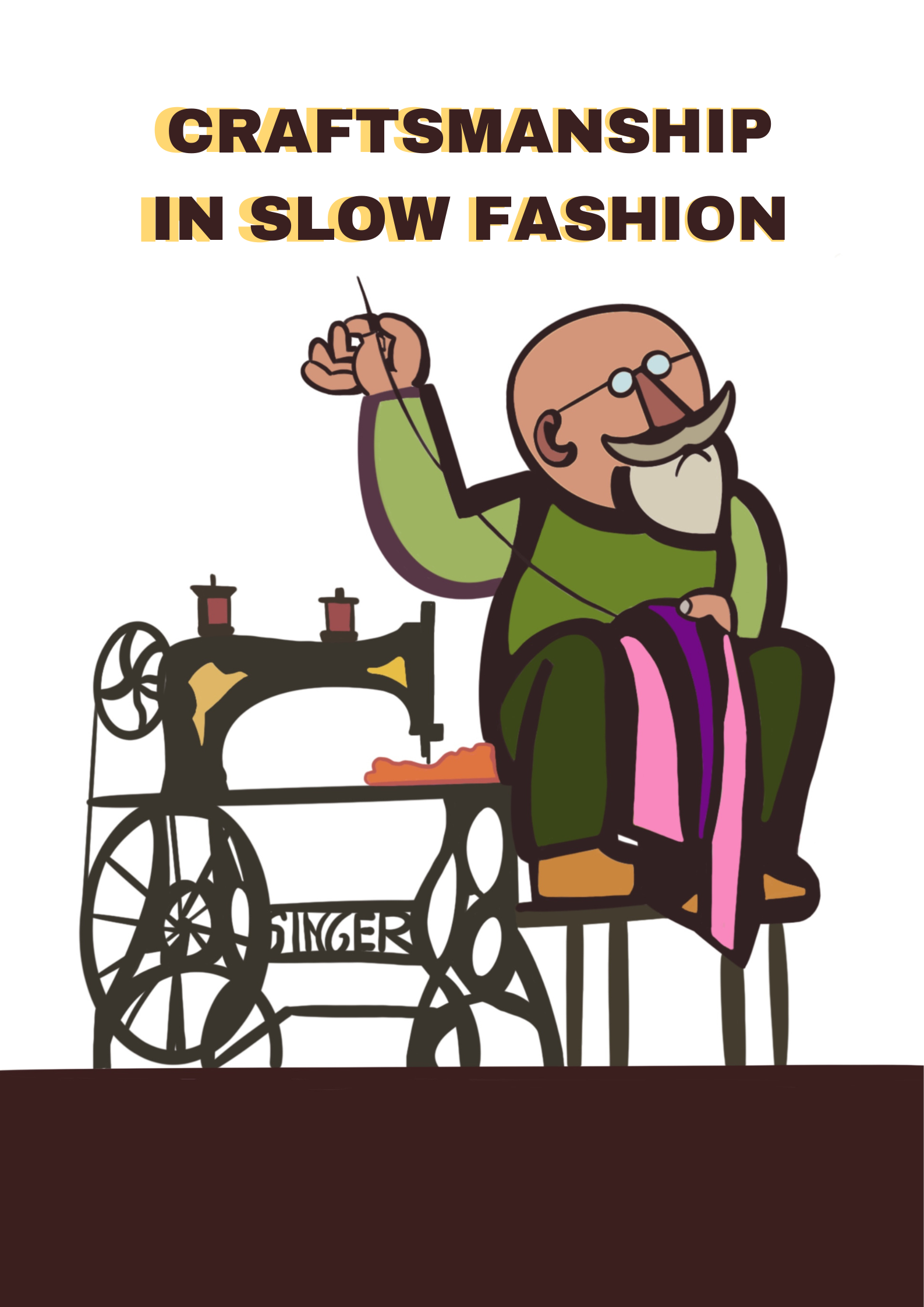
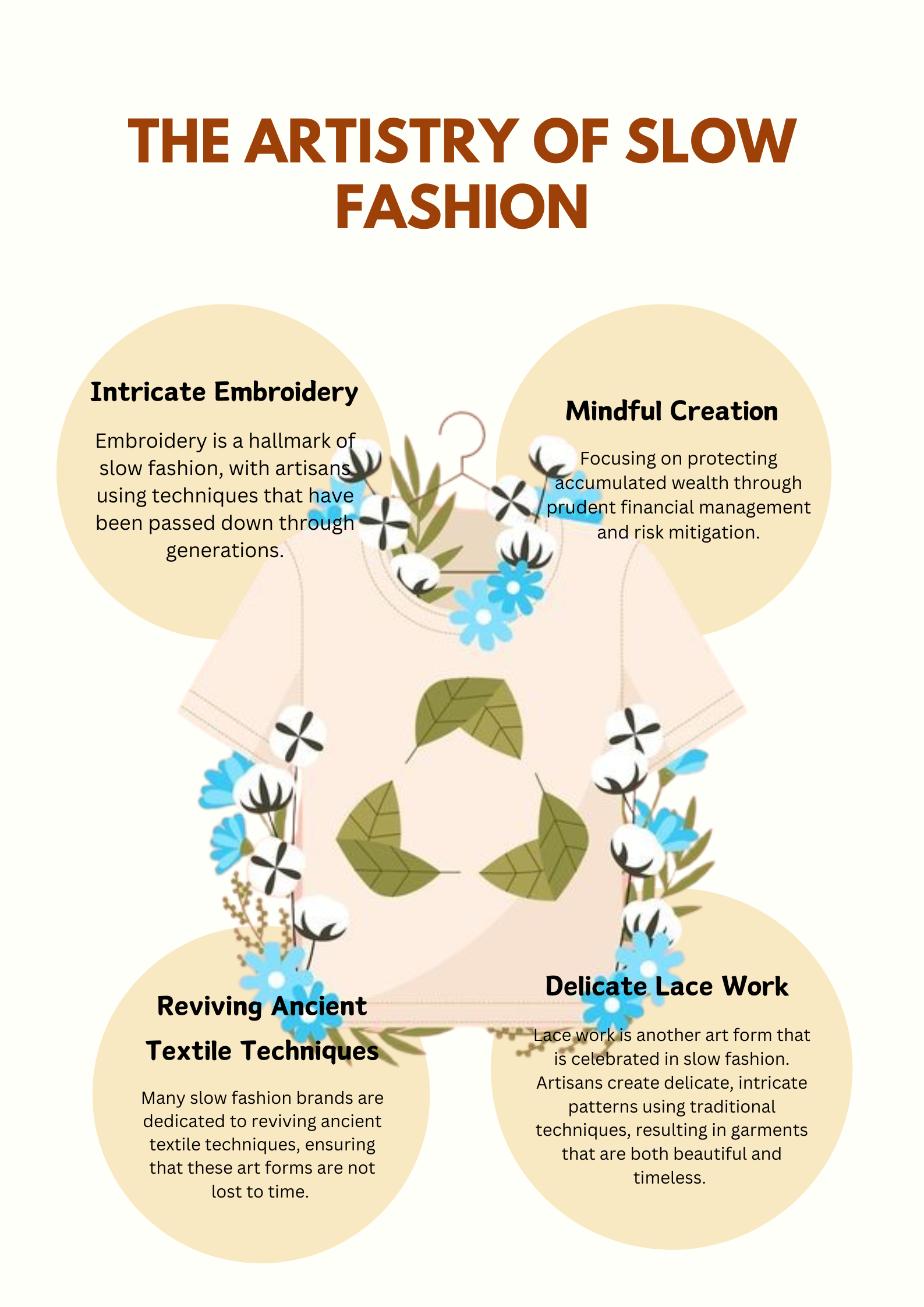
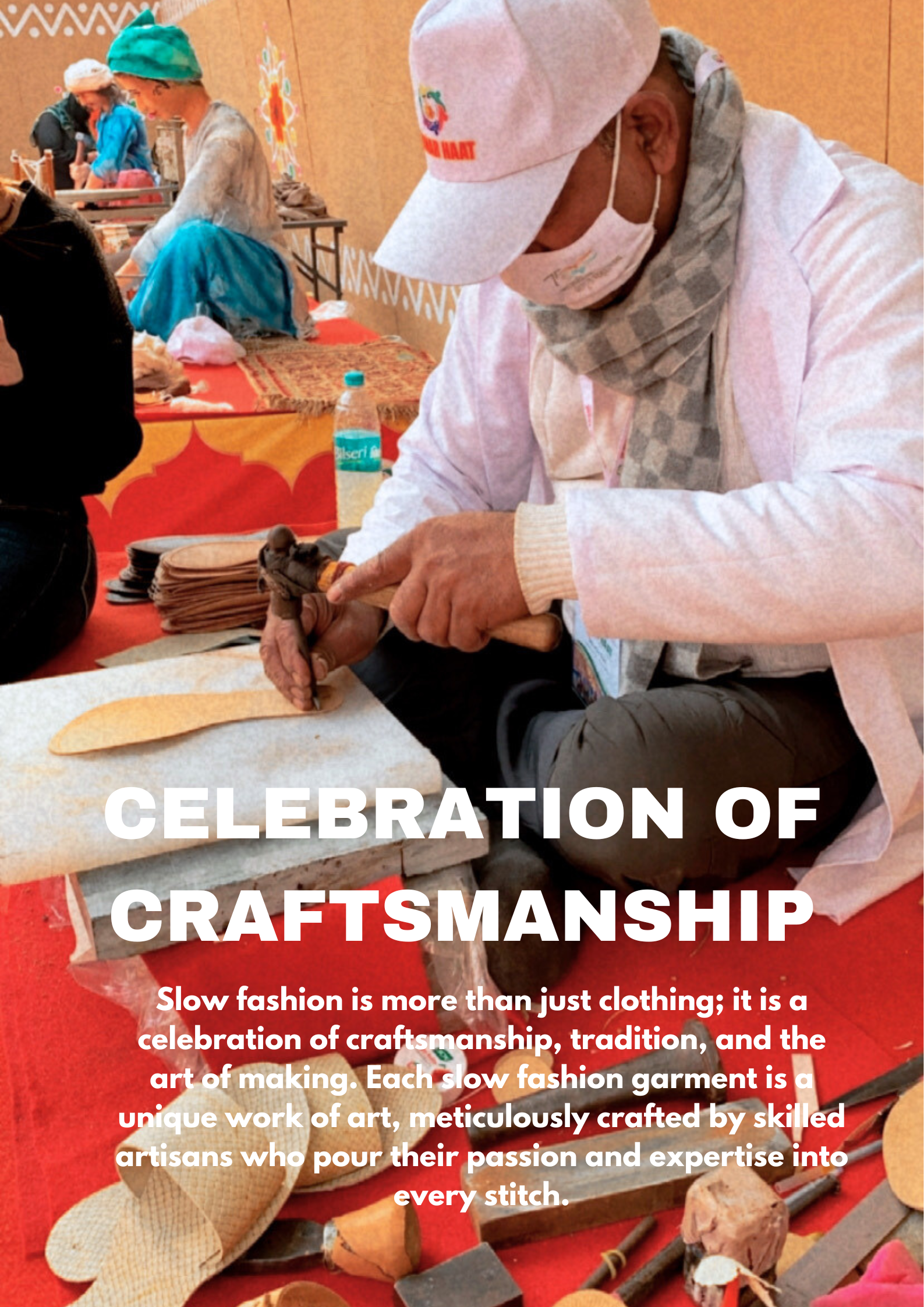
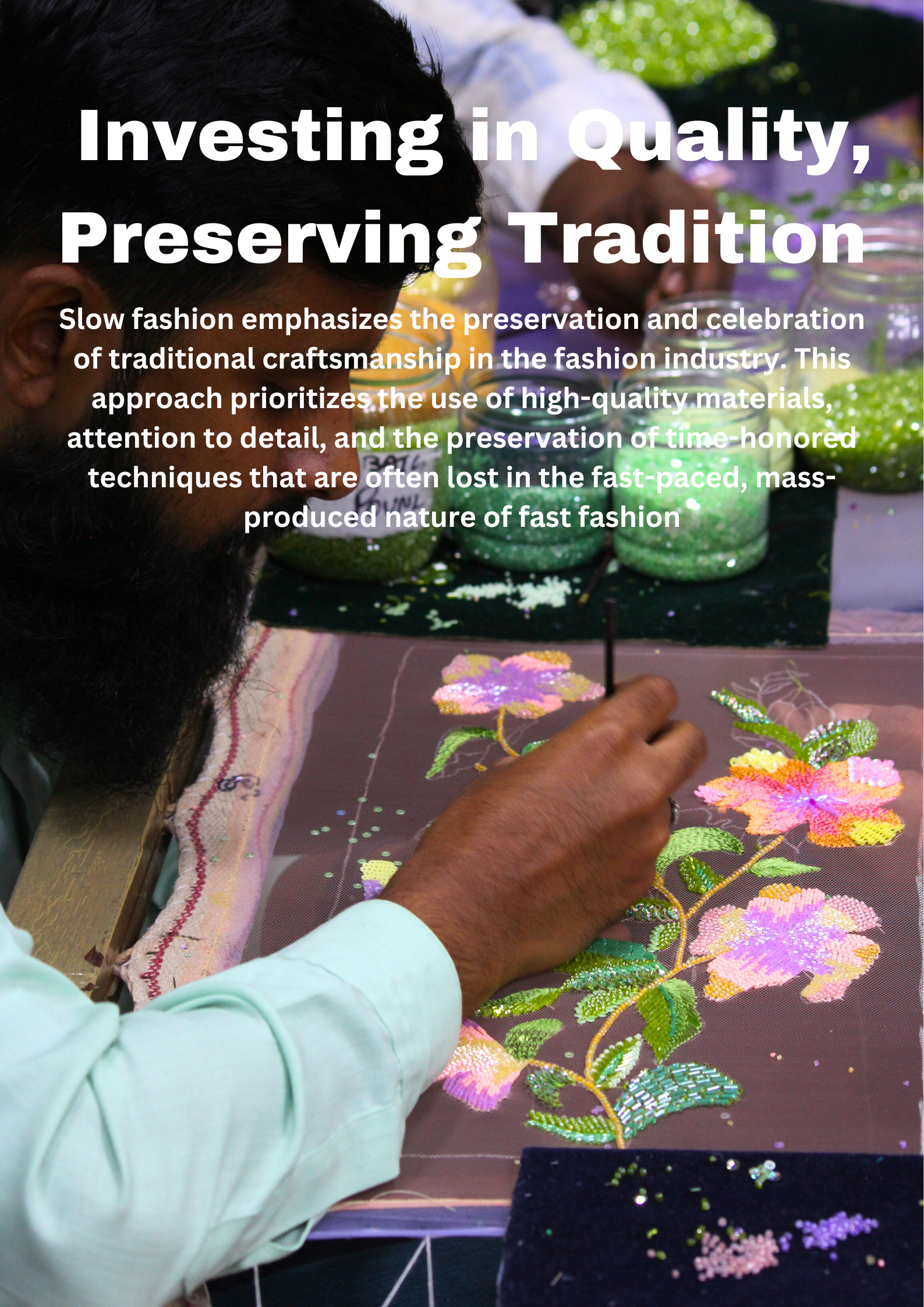
Exploring craftsmanship
MM Javed
MM Javed, a leading menswear designer, originated from Bangalore, India talks about how he uses the art of handwork in his fashion house.
Banjara Market
Banjara Market is a vibrant and bustling market that sells a variety of items ranging from traditional clothes and handicrafts to modern-day fashion and electronics.
On being asked about the time required to curate these beautiful pieces, Rajesh added that there is no fixed time dedicated to a particular kind of embroidery, some might take eight to nine hours and some even weeks, depending upon the detailing and the kind of embroidery needed. Every piece has its own challenges and each one of them is a completely new experience for the artisans, regardless of how long they have been into the practice .
However, despite their immense cultural and artistic value, Indian handicrafts and the craftsman behind them, face numerous challenges in the modern world. The shade of low wages, Limited market access, and difficulty In securing loans, haunts Indian artisans at every step. These hardships have sparked a quiet plague that is gradually dismantling, artisan communities and the traditions they uphold. The forces of globalisation have both nurtured and injured the soul of these craftspeople, making it a war for them on multiple fronts.
“I have faced financial instability and limited access to quality materials. There have been times when it difficult to make even basic ends meet. The most significant challenge has been to preserve our traditional techniques. Many artisans in our community turned away from handloom in search of better opportunities.” Says Beena Devi, 38, a skilled Indian handloom artisan based in Delhi.
To breakdown the structural hurdles that are a barrier in the growth and development, a new push is needed which includes expanded financial availability, technical assistance and market ties. Initiatives to support and protect the inherent value of handicraft goods must emerge simultaneously. Overtime, an atmosphere that supports entrepreneurship and innovation in the artisanal sector becomes crucial. Putting money into the abilities of Indian artisans goes beyond simple preservation, it creates the foundation for inclusive and sustainable economic growth that combines rich history with limitless possibilities.
One of the key areas of focus must be on expanding market ties for Indian handicrafts, both domestically and internationally. While there is a growing demand for handmade and artisanal products worldwide, Indian handicrafts often struggle to compete in the global marketplace. This is due in part to challenges such as high production costs, limited access to distribution channels, and competition from mass-produced goods.
To address these challenges, efforts must be made to raise awareness about the value of Indian handicrafts and promote them as premium products with unique cultural significance. This can be achieved through targeted marketing campaigns, participation in trade fairs and exhibitions, and collaboration with designers and retailers to create innovative products that appeal to modern consumers.
In addition to expanding market access, it is also important to address the issue of low wages and improve the economic prospects of Indian artisans. This can be done through a variety of measures, including providing training and skills development opportunities, implementing fair trade practices, and establishing cooperatives and collectives to empower artisans and enable them to negotiate better prices for their products.
Furthermore, efforts must be made to preserve traditional techniques and knowledge, which are at risk of being lost as younger generations turn away from handicrafts in search of more lucrative opportunities. This can be achieved through initiatives such as apprenticeship programs, skills development workshops, and documentation projects to record and preserve traditional practices for future generations.
Ultimately, the preservation and promotion of Indian handicrafts require a concerted effort from all stakeholders, including government agencies, non-profit organizations, businesses, and consumers. By working together to address the challenges facing artisan communities, we can ensure that India's rich artistic heritage continues to thrive for generations to come.
In conclusion, Indian handicrafts are more than just objects of beauty; they are the embodiment of India's rich cultural heritage and artistic legacy. By investing in the abilities of Indian artisans and addressing the structural hurdles that hinder their growth and development, we can create a future where the tradition of handicrafts flourishes, enriching lives and preserving culture for generations to come.

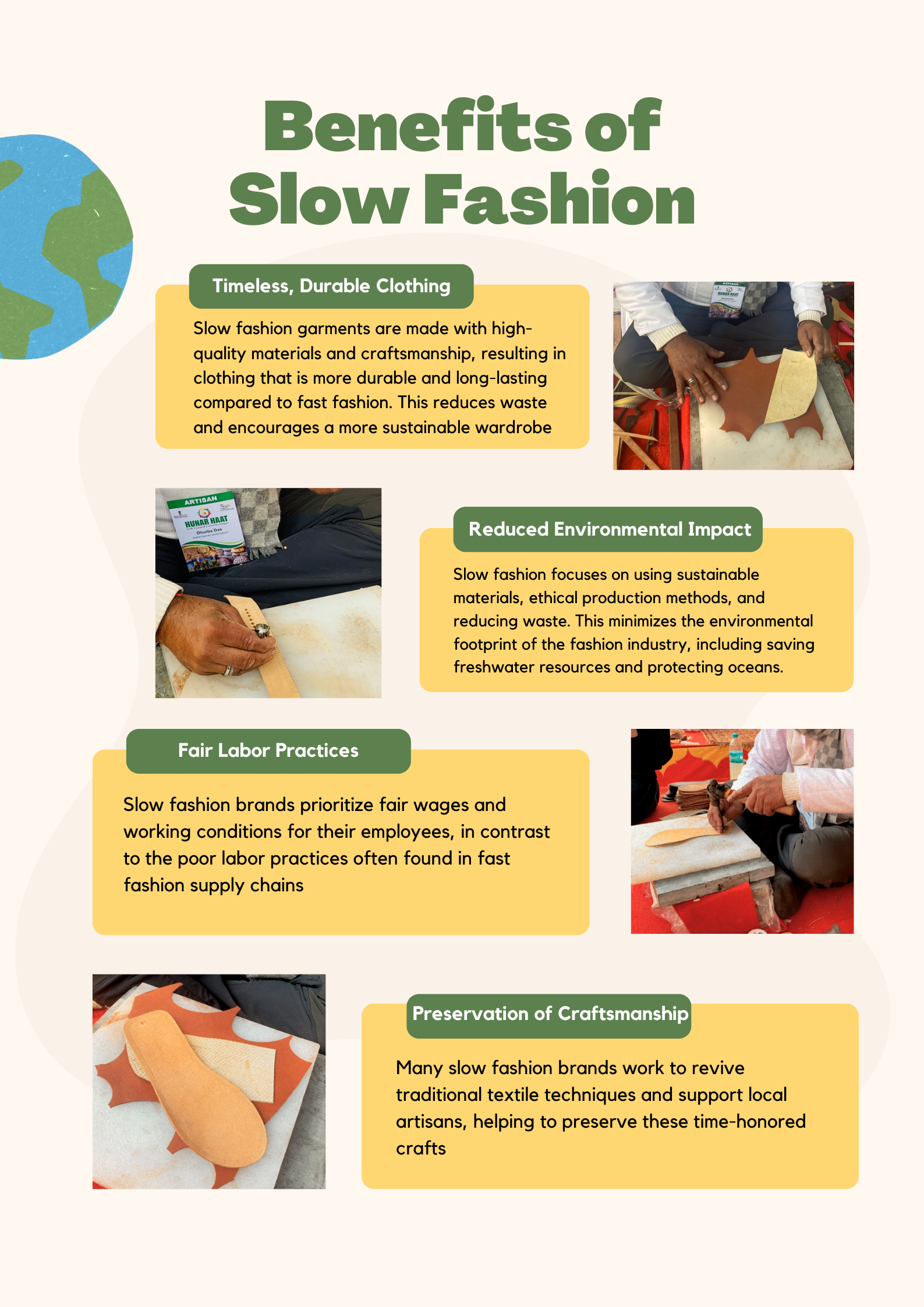

Journey of embroideries of India
Journey of embroideries of India
